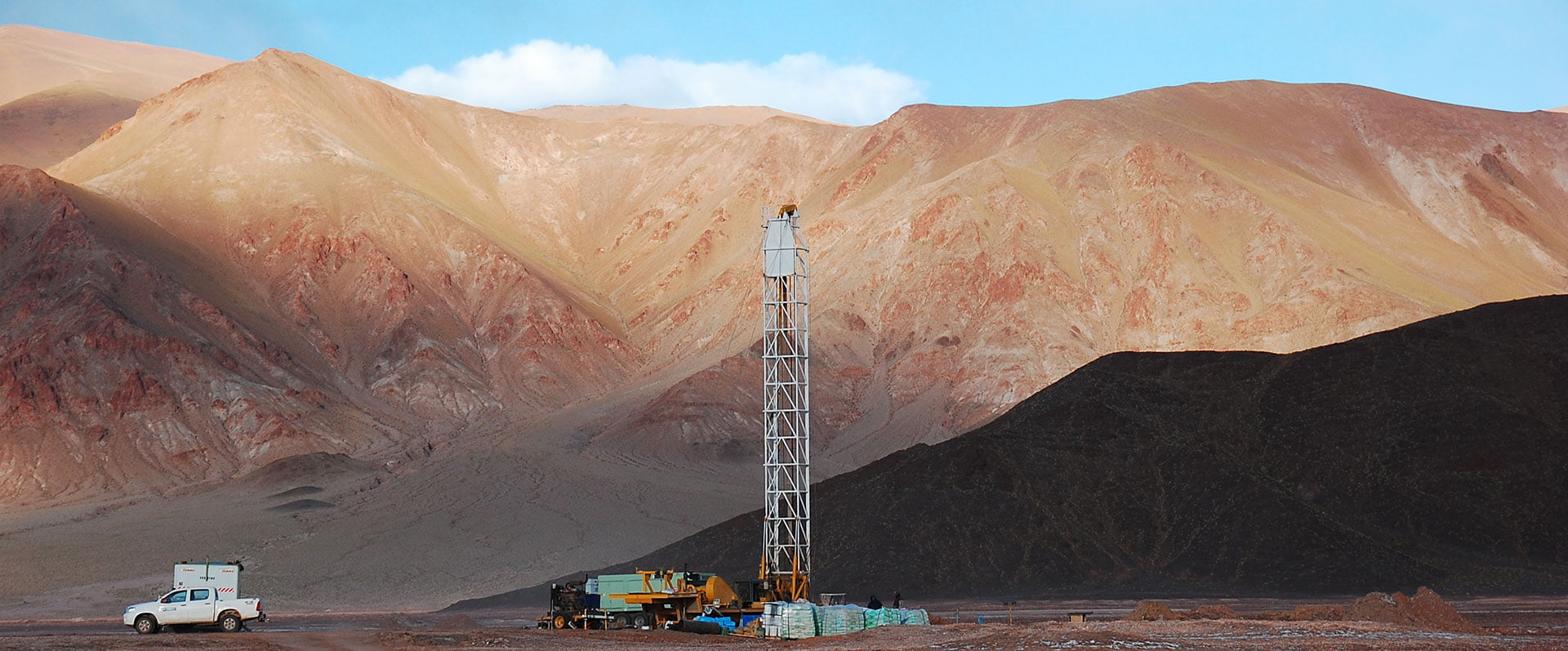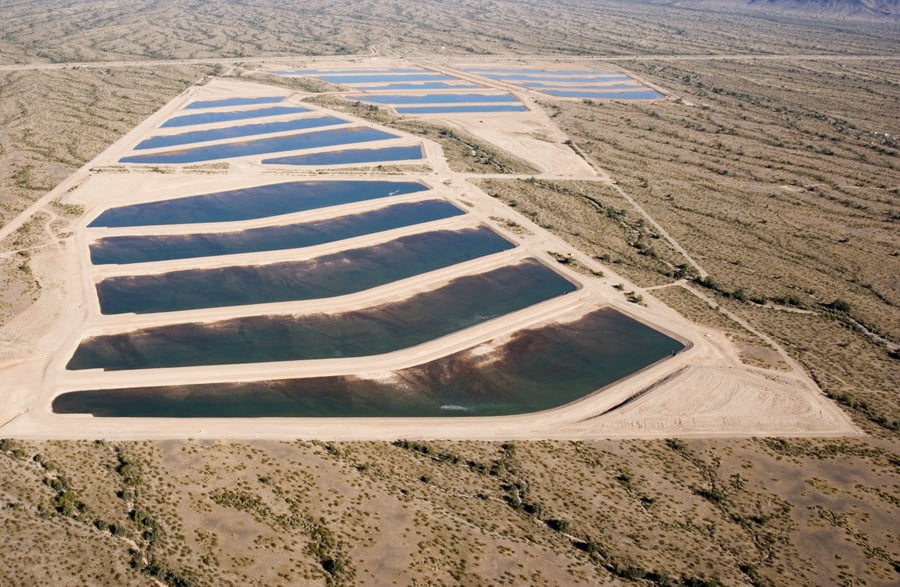Thirty-five years ago, Arizona adopted its groundbreaking Groundwater Management Act (GMA). Although still a work in progress, the GMA’s success can largely be attributed to four key characteristics:
- Public policy that considers local circumstances
- A scientific basis
- Consideration of the dynamic economics of complex urban and urbanizing environments
- Flexibility afforded by a long, phased implementation that has encouraged gradual improvements over time
Policy. The GMA focuses its regulatory actions primarily on the most urbanized areas of the state. These “Active Management Areas” (AMAs) are home to roughly 85 percent of Arizona’s population — and even a larger share of its economy. They are characterized by significant groundwater overdraft, high expected population growth, and economies that could support the cost of gradually tightening the regulations needed to reduce overdrafts and restore the balance of renewable supply with demand.
Science. The AMAs were largely defined based on hydrologic — not political — boundaries. This science-friendly geography has facilitated the development and ongoing improvement of good hydrologic models, as well as customized, basin-specific tweaks to regulatory mechanisms.
Economics. Although existing groundwater uses were grandfathered, they were subject to increasing efficiency requirements; if displaced over time by urban growth, the grandfathering generally only partially transferred to the new users. Further, the partial grandfathering was finite in extent. This approach avoided big upfront fights over existing uses, put caps on groundwater mining, and has gradually reduced groundwater mining over time.
Flexibility. The GMA has had a long time horizon for full implementation — 45 years, in five management periods. This has facilitated gradual, sometimes almost imperceptible, adjustments in stakeholder and public perceptions and behaviors. Just as important, the extended timeframe has also allowed us to identify and correct mistakes along the way, improve our scientific understanding of the groundwater systems, and implement water-efficiency strategies such as xeriscape gardening and plumbing codes, which require decades to become fully effective.
The results so far — as measured by trends in the balance of renewable supply with demand — range from very good to somewhat worrisome, depending on AMA. In each case, however, the current situation and trends have improved vastly since 1980. In some portions of the state outside of AMAs, groundwater supplies have come under greater (and sometimes excessive) pressure as well; consequently, additional regulatory and planning structures are being considered for some of those areas.
California is now embarking on the implementation of its groundwater law, the Sustainable Groundwater Management Act, adopted just last year. In many areas of that state, both groundwater balances and trends are highly problematic, burdening planners with enormous tasks. In some basins, California’s planners must first determine how to stop the “race to the bottom” of the aquifers before they can address balancing demand and supply. As in Arizona, this process will likely span decades and incorporate strategic public policy, a foundation for scientific understanding, mechanisms and transition periods to soften the economic impacts of necessary changes in human behavior — and a lot of flexibility.
Mark Myers, MBA, is a senior water policy consultant with M&A. During the past 30+ years, he has worked with a broad range of clients in the public and private sectors, Native American communities, and local, state, and federal agencies. He has served on the Governor’s Arizona Water Protection Fund Commission and the Arizona Water Banking Authority Study Commission.










